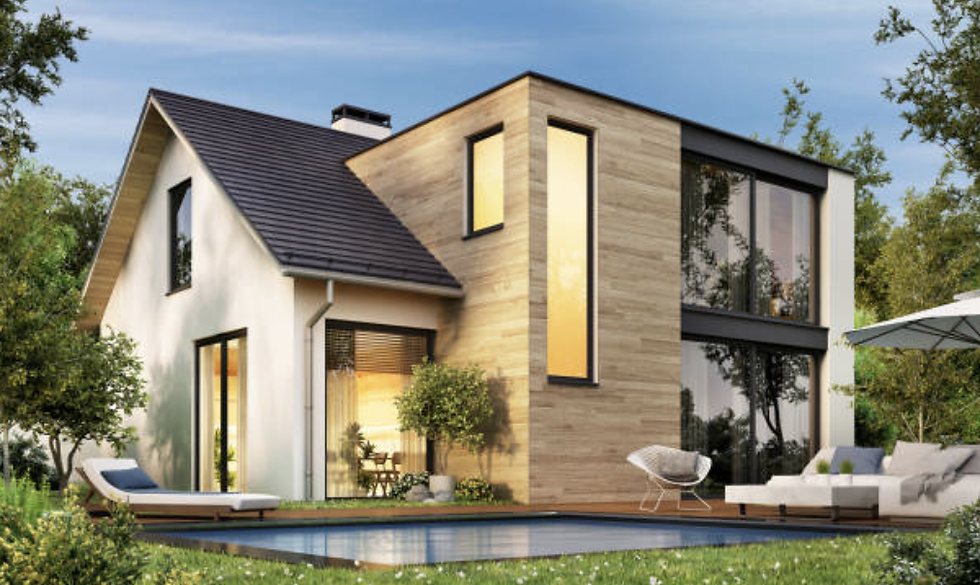Modular Homes: 10 Key Facts Every Homebuyer Should Know
- southcoasteventman
- Jul 6
- 3 min read

What Exactly Is a Modular Home?
A modular home is built in sections, or "modules," inside a climate-controlled factory. Once completed, these modules are transported to a permanent foundation and assembled on-site. The finished product is virtually indistinguishable from a traditionally built home in both appearance and performance.
Unlike manufactured homes—which are built on steel frames and often not permanently affixed—modular homes are anchored to permanent foundations and must meet the same (or stricter) building codes and safety standards as site-built homes.
1. Modular Homes Are More Affordable Than Traditional Homes
Modular homes often cost less than site-built homes, thanks to savings in construction and labor. Here's why:
No general contractor fees—factory inspections are handled in-house
Reduced labor costs due to weather-free, streamlined production
No architectural design fees—floor plans are pre-designed and customizable
However, additional costs such as transportation, crane setup, utility hookups, and permits can impact the total price. Communication with your builder is key to avoiding surprise expenses.
2. Designed for Energy Efficiency
Modular homes are engineered to be energy-efficient. Many feature:
High-efficiency HVAC systems
Formaldehyde-free insulation
Water-saving plumbing fixtures
Recycled construction materials
These features contribute to long-term savings on your monthly utility bills.

3. Customization Options Galore
From floor plans and roofing styles to finishes and appliances, modular homes offer flexibility. Many builders allow for:
Accessible-living layouts
Design upgrades
Additions and future expansions
You're not limited to cookie-cutter designs—you can personalize your space to fit your lifestyle.
4. Built on a Permanent Foundation
Each modular home is set on a permanent foundation, offering structural stability and permanence. Unlike manufactured homes that may sit on temporary supports, modular homes are solid, immobile, and compliant with local housing codes.
5. They Appreciate in Value
Modular homes tend to gain value over time—just like traditional homes. Unlike manufactured or mobile homes (which can depreciate), modular homes use standard construction materials and comply with state building codes. That makes them eligible for conventional mortgages and helps preserve long-term resale value.

6. Built with Traditional, High-Quality Materials
Modular homes are constructed using the same materials found in site-built homes, including:
Drywall and sheetrock
Premium insulation
Steel protection for wiring
Durable flooring and cabinetry
Always confirm materials and specs with your builder for transparency and quality assurance.
7. Engineered to Withstand Local Conditions
Modular homes are built to the International Residential Code (IRC) and tailored to local climate and safety requirements. Whether you're in a hurricane-prone area or an earthquake zone, your modular home will be built to handle it.
8. Move-In Ready in Weeks, Not Months
Thanks to factory-controlled production, modular homes can be built and delivered much faster than traditional homes—sometimes within weeks. This means you can move in sooner and avoid construction delays caused by weather or labor shortages.
9. You’ll Need to Own or Purchase Land
To place a modular home, you'll need a plot of land. Land prices vary greatly depending on location, but many lenders offer construction loans that include both land and home financing. These loans typically cover a one-year period and can be converted into a standard mortgage after installation.
10. Warranty Coverage Provides Peace of Mind
Most modular home companies offer warranties that cover components such as roofing, windows, flooring, appliances, and more. Warranty coverage varies by provider, so be sure to review the details and understand what’s included before signing.





Comments